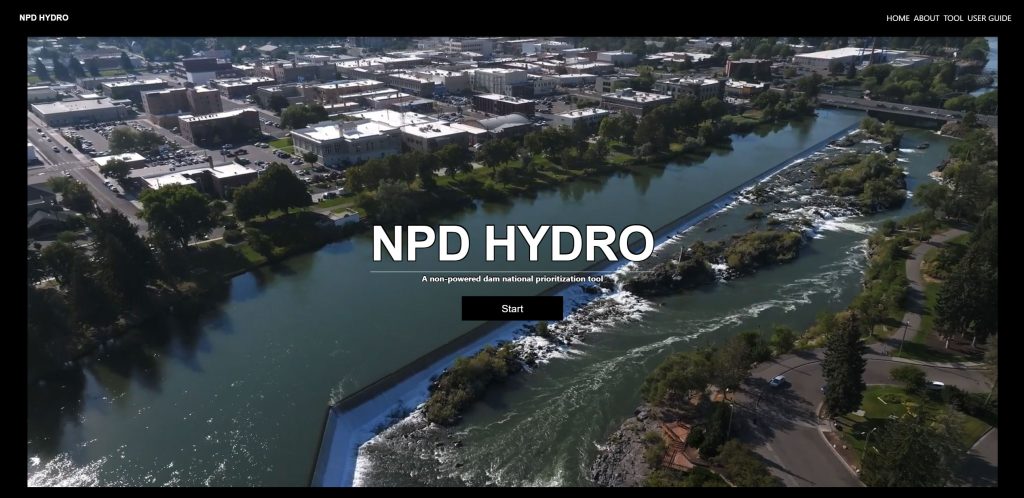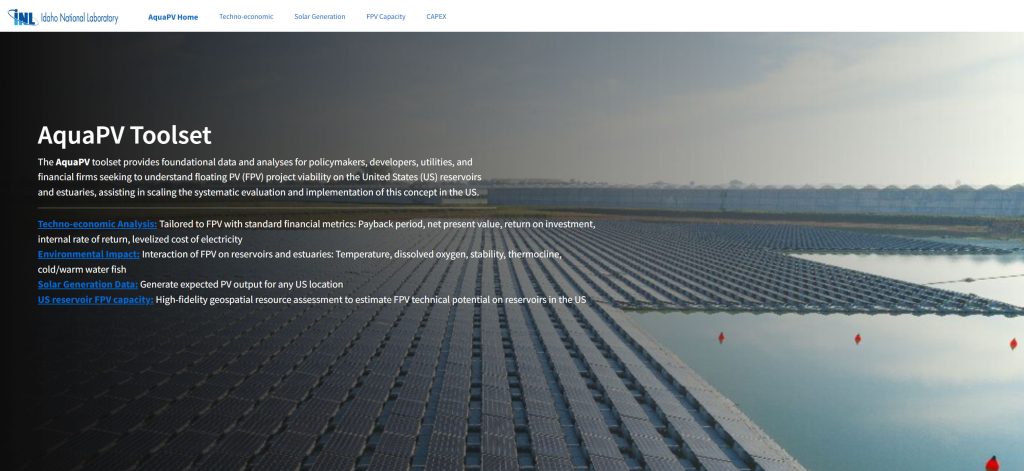A History of Water Power and Irrigation in the Western United States.
Scroll through or click a date along the timeline to explore the history of water use in the Western US. Then learn about water power technologies and how Idaho National Laboratory is shaping the future of water power.
Ancient Innovation
Ancient people of the west used water conveyance systems to sustain life in hot and dry climates of the southwest. Today’s modern irrigation builds on these foundational systems.
Source: Photo by Paul J. De Mola (2012)1450-600 B.C.E.:
Hohokam people of the American Southwest engineer a sophisticated network of canals in present-day Arizona. Using sticks, Native Americans excavate canals 12 feet deep, fanning out into a larger network of smaller canals.
These innovative canals were an ancient way of life that carried on nearly 3 millennia later.
Source: Arizona Archives, Carl T. Hayden Photograph Collection C, 5, Map 280
Building on the long-abandoned Hohokam canal system, former prospector Jack Swilling forms Swilling Irrigating and Canal Co. at Wickenburg, Arizona. The following summer the first crops – wheat, barley and corn – are harvested, and Phoenix is established as a trading post to serve local farmers’ needs.
Source: Arizona Archives, Carl T. Hayden Photograph Collection, 2062Making laws
As the population in the west grew, it became clear that water would be an integral part of the Western settlers’ success. Regulations to protect this scarce resource provided security.
Source: Wyoming Water Development Commission And State Engineer’s Office
The Desert Land Act encourages and promotes economic development of arid and semiarid public lands in U.S. Western states. Through the act, individuals may apply for tracts of arid and semiarid public lands to irrigate and cultivate.
Source: The Library of CongressThe National Reclamation Act (Newland Act) creates a reclamation service to construct monumental water projects in the West and establishes a reclamation fund to finance ventures.
Source: Theodore Roosevelt Center at Dickinson State UniversityRepresentatives of seven Western states sign the Colorado River Compact, which guarantees beneficial use of 7.5 million acre-feet of water a year from the Colorado River system in perpetuity.
Source: Bureau of Reclamation
Building Dams
By the mid-20th century, the Western U.S. had grown immensely. By 1930, over 50% of U.S. homes needed electricity. Greater demand brought greater need for power solutions.
Source: By Ansel Adams, National Archives
1931-1935
Hoover Dam constructed. Near the Nevada-Arizona state line, nearly 4.3 million cubic yards of cement were used to build the entire structure, which dammed the Colorado River to create Lake Mead.
Image 1 & 2 Source: Bureau of Reclamation1933-1938
Bonneville Dam constructed. Built by the U.S. Army Corps of Engineers, Bonneville was the first of eight federal locks and dams on the Columbia and Snake Rivers in Oregon. Located 41 miles upriver from the mouth of the Willamette, it compounds a 48-mile-long reservoir with a pool elevation of 76.5 feet.
Image 1 Source: PNNL Fish PassageImage 2 Source: Hood River History Museum
The Rampart Dam project on the Yukon River in Alaska is cancelled due to environmental and economic concerns. Industry turns away from new dams, focusing on retrofitting existing stations to increase generating capacity.
Source: U.S. Army Corps of Engineers. Rampart Canyon, Alaska. Committee on the Environment and Public Works. Government Publishing Office, Washington, D.C. February 1979.
The U.S. Department of Energy issues a report identifying over 12,000 megawatts of potential hydroelectricity capacity from 80,000 unpowered dams. Harnessing the unpowered dams could generate 45 terawatt hours per year, equivalent to 16 percent of 2008 hydroelectricity generation.
Image: DOE Report 2024 – Source: U.S. Energy Information Administration
Image: Non-powered dam – Source: Adobe Stock
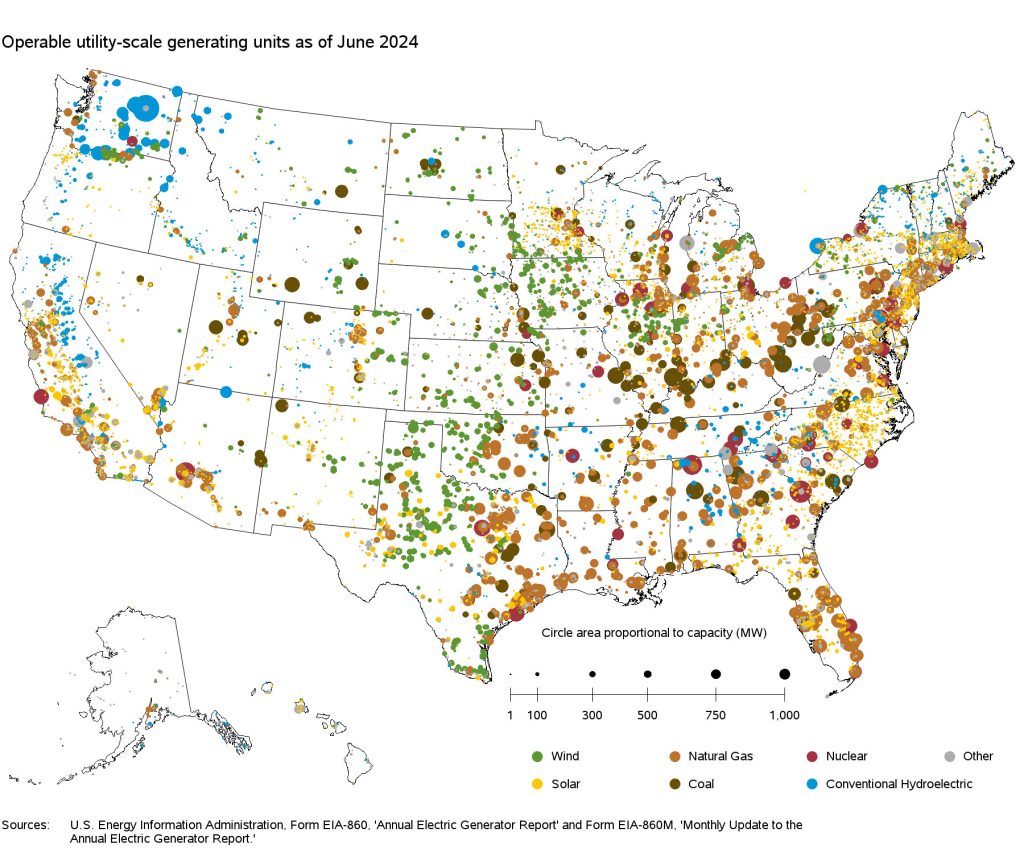
Technology
To address the rapidly evolving needs of the West, hydropower and irrigation technology are adapted.
Frank Zybach of Strasburg, Colorado, invents a hydraulically driven, self-rotating irrigation machine called the center pivot. Its advantages – easy automation, low labor costs and terrain adaptability – are immediately recognized. In the 1970s, to save energy and maximize efficiency, rocker arm nozzles give way to low-pressure micro nozzles.
Source: Adobe Stock
As water demand grows, pressurized irrigation systems begin to replace gravity systems, as less water is lost to evaporation, deep percolation and field runoff.
Source: Adobe Stock
Far Niente Winery in Oakville, California, installs 994 floating solar photovoltaic panels with a total capacity of 175 kilowatts on its irrigation ponds. Floating photovoltaic panels are more compact than land-based panels, their management is simpler and their construction and decommissioning straightforward.
Image sources: Far Niente Winery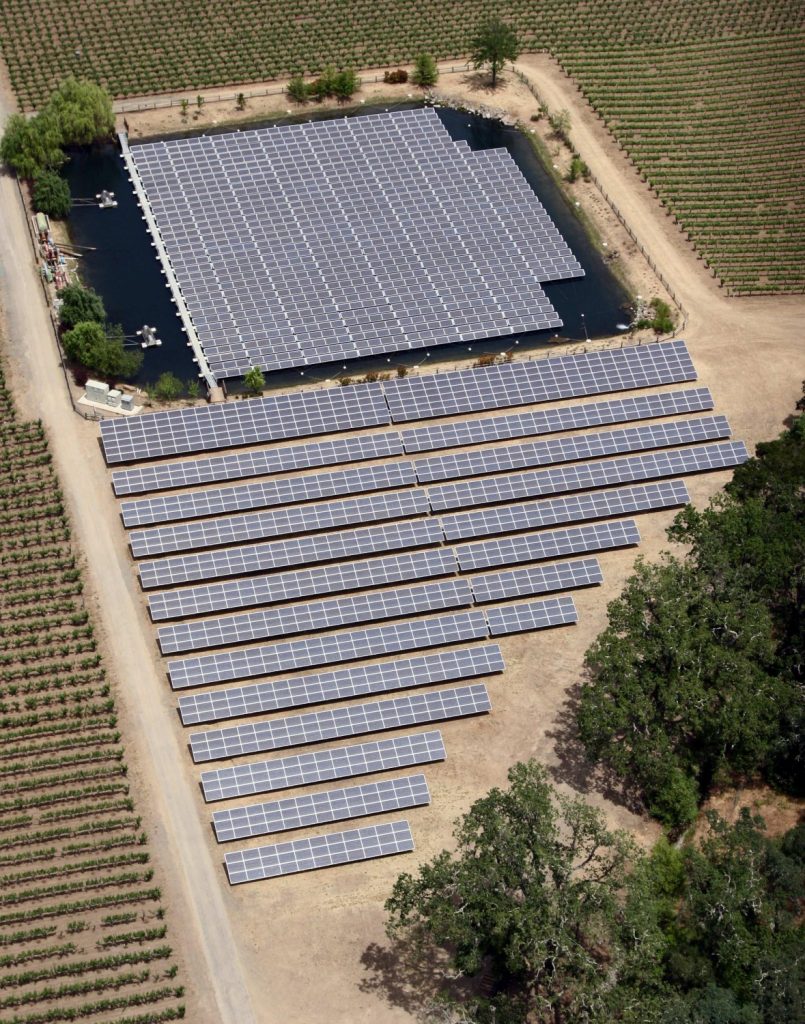
INL Technology
With energy demands rising at an exponential rate, it’s more important than ever to harness the full power and capacity of waterpower technologies. Idaho National Laboratory (INL) and its national laboratory partners have created a repository of tools to address a variety of waterpower and irrigation challenges.
IrrigationViz is released. Developed by INL in partnership with Pacific Northwest National Laboratory and funded by the Department of Energy Water Power Technologies Office, IrrigationViz is a decision support and visualization tool that enables users to estimate how much water is lost by the current system, how much water would be saved by specific investments, and how much hydropower potential there is in the system.
Images Source: INL
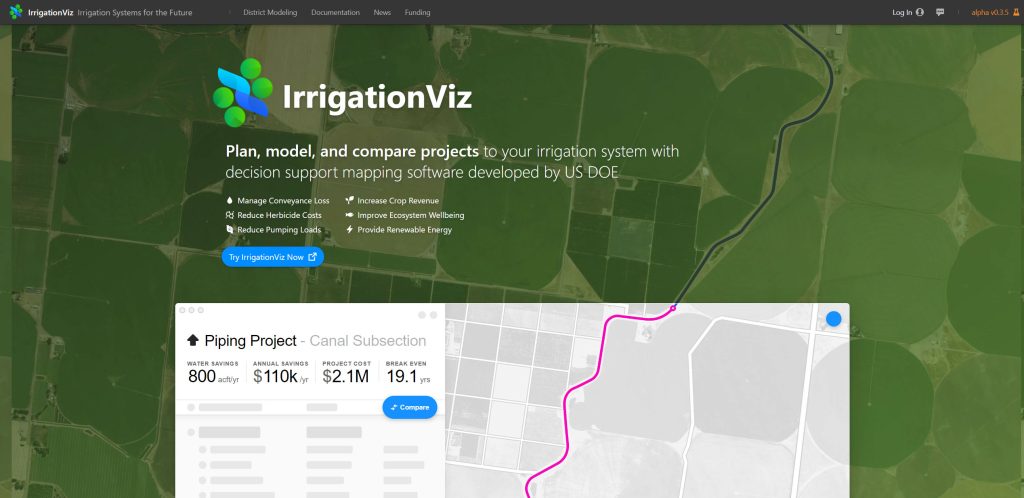
With funding from the Water Power Technologies Office, researchers at INL and Pacific Northwest National Laboratory develops the Non-Powered Dam Hydropower Development and Ranking Opportunity Tool (NPD HYDRO), which evaluates and ranks non-powered dams that may be good candidates for conversion.
Image: NPD Hydro – Source: INL
Image: Idaho Dam – Source: Adobe Stock
INL develops the AquaPV Toolset. The U.S. has roughly 850 reservoirs regulated by various federal agencies, such as the Federal Energy Regulatory Commission, Bureau of Reclamation, and the Army Corps of Engineers. A new floating photovoltaic technical potential study suggests a potential of roughly 800 gigawatts of power in these reservoirs.
INL and the National Renewable Energy Laboratory are collaborating to create a tool to help developers evaluate reservoirs and estuaries where floating photovoltaic panels could enhance local energy systems.
Image: AquaPV – Source: INL
Image: FPV – Source: Adobe Stock
Look To the future
As the nations’ energy and water needs change, like they have throughout history, INL and national labs across the U.S. are developing real solutions. Visit inl.gov/waterpower/ to learn more about these projects and more. This project was funded by DOE’s Water Power Technologies Office.

